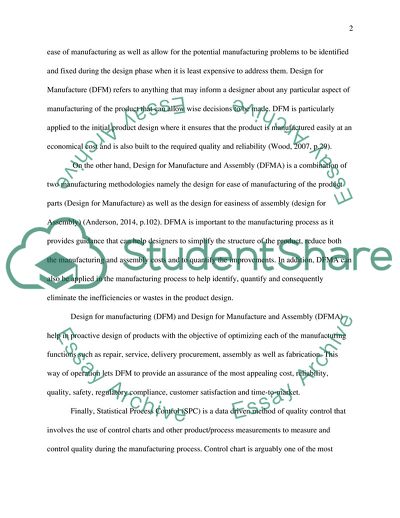Cite this document
(Mechanical Design for Manufactures Research Paper Example | Topics and Well Written Essays - 2000 words, n.d.)
Mechanical Design for Manufactures Research Paper Example | Topics and Well Written Essays - 2000 words. https://studentshare.org/engineering-and-construction/1856109-mechanical-design
Mechanical Design for Manufactures Research Paper Example | Topics and Well Written Essays - 2000 words. https://studentshare.org/engineering-and-construction/1856109-mechanical-design
(Mechanical Design for Manufactures Research Paper Example | Topics and Well Written Essays - 2000 Words)
Mechanical Design for Manufactures Research Paper Example | Topics and Well Written Essays - 2000 Words. https://studentshare.org/engineering-and-construction/1856109-mechanical-design.
Mechanical Design for Manufactures Research Paper Example | Topics and Well Written Essays - 2000 Words. https://studentshare.org/engineering-and-construction/1856109-mechanical-design.
“Mechanical Design for Manufactures Research Paper Example | Topics and Well Written Essays - 2000 Words”. https://studentshare.org/engineering-and-construction/1856109-mechanical-design.


